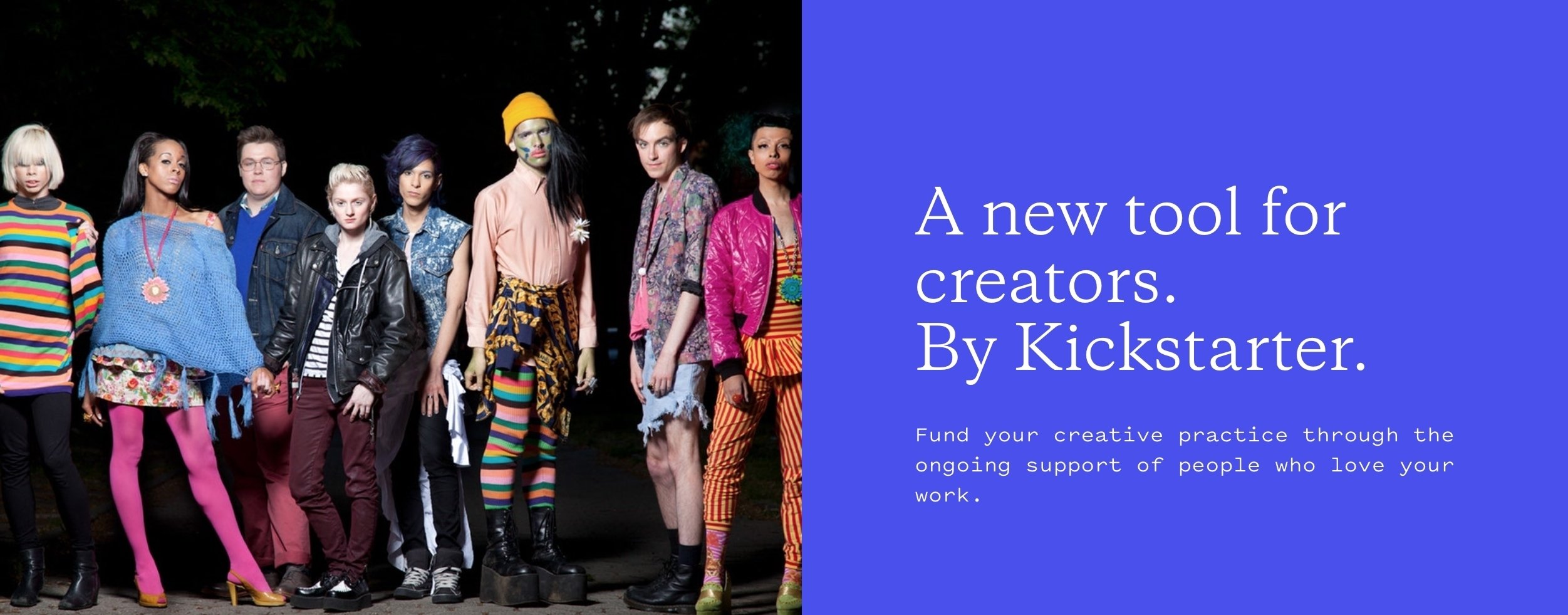
The crowdfunding behemoth Kickstarter is launching a tool for emerging artists to fund and build communities around their work with a new platform called Drip.
After launching in 2012 as a subscription service for indie bands and musicians, Drip nearly shut down in 2016, but Kickstarter stepped in to save the company. Now, it’s an invite-only service for artists, with 64 members debuting on the site and a plan to expand in the coming year. Kickstarter had similar origins: in 2009, it also launched with an invite-only period, and has since seen more than $3 billion pledged to more than 130,000 projects.
“Kickstarter is for projects, Drip is for people,” goes the unofficial tagline. Instead of supporting an individual project, the platform allows users to invest in an artist’s career. In return, backers get access to a fuller picture of the artist’s process, including studio visits, field notes, and advance access to shows and work.
Though the platform is still in beta, and the company has only been dispensing details drip by drip (ahem), in which e-patrons can provide artists themselves with a steady flow of recurring payments in exchange for certain benefits—a twist on the Kickstarter model, which directs funding to projects, not people. Drip, in other words, sounds like a financial IV for emerging artists in need of a cash infusion.
Screenshot of Drip’s new page, courtesy of Kickstarter.
Kickstarter has been investing heavily in art lately, and has tapped some significant new hires. Earlier this month, the former director of the digital department at New York’s Whitney Museum of American Art, Sarah Hromack, joined as the company’s first-ever chief culture officer. In August, Kickstarter also appointed Patton Hindle, a partner at Lower East Side gallery yours mine & ours, as the director of arts.
To date, the initiative has yielded more than 11,000 successful projects, with more than 1,400 geared toward public art. Marina Abramović asked fans to pony up for a Rem Koolhaas-designed Institute in Hudson, New York, and despite almost 5,000 backers contributing more than $660,000, the project was scrapped. Lucy Sparrow’s bodega project 8 ‘Till Late used the money she raised to travel to New York City, where it sold out of its 9,000 felt sculptures in the first day. International artist Ai Weiwei and the Public Art Fund successfully raised more than $90,000 from 883 backers to bring “Good Fences Make Good Neighbors” to erect site-specific installations across New York City.
The hope is that Drip will be used to introduce non-traditional models of funding—disrupting the patrician mode of support that reinforces institutional standards in which artists are beholden to programming that may not fit their creative agenda.
Below, featured artist Shantell Martin describes how artists can benefit from Drip.